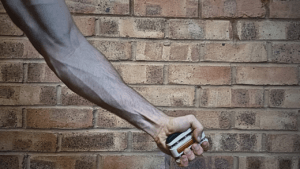Grip strength, alongside cardiovascular fitness, is one of the best predictors of longevity [1]. It is a good indication of someone’s overall upper body strength as well as bone density, and is linked to lower all cause mortality. It is a popular testing method in research studies due to its ease of measurement.
How to Measure Your Grip Strength
The most common way to measure grip strength is with a hand grip dynamometer. These can be purchased online for around £25-30. The distance between the palm of the hand and the fingers can be adjusted to suit the user’s hand. The goal is to squeeze the handle as hard as possible. The value displayed will be your maximum effort, and a score should be registered for both hands.
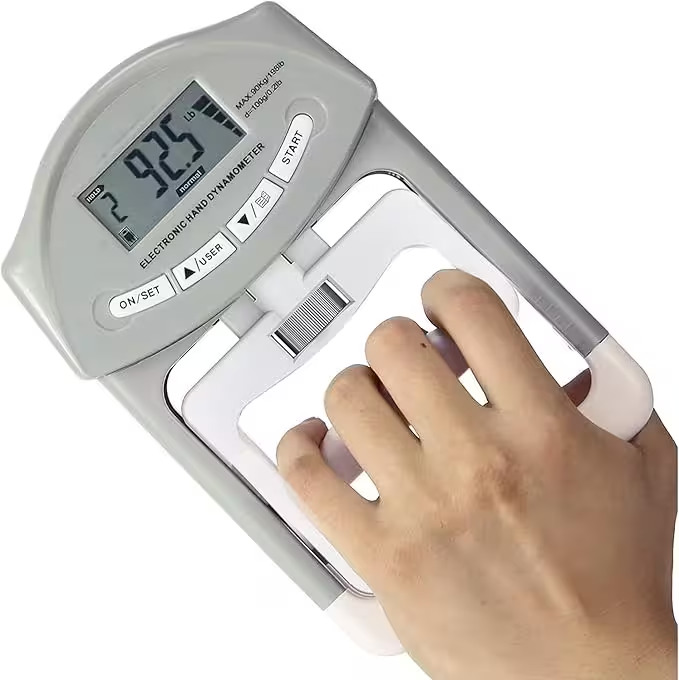
Grip strength rises and falls over 24 hours, so it’s important to be consistent if you plan to test on multiple days. Your grip is strongest in the afternoon and can be as much as 6% lower at other times of day. The correct technique is to have your elbow by your side and forearm at a right angle in front of you. Individuals using other methods, such as a fully straight arm, are not producing valid results.
The video below demonstrates the correct technique for using a hand grip dynamometer. In order to give yourself a chance of registering the highest value, a single effort should last 3 to 4 seconds.
As it’s an isometric exercise, meaning you’re producing force without movement, it shouldn’t require much of a warm up. It should be sufficient to warm up with some lower intensity squeezes, either on the dynamometer itself, making fists, or squeezing an object like a stress ball or hand towel.
What Do My Results Mean?
One of the criticisms of the numerous studies on grip strength is that the definitions of “strong” or “weak” are not consistent. That means any effect relating to mortality or disease risk isn’t comparable across studies.
Below are one set of standards for grip strength by age and sex. This is a copy of the normative table supplied by Camry when you purchase the dynamometer.
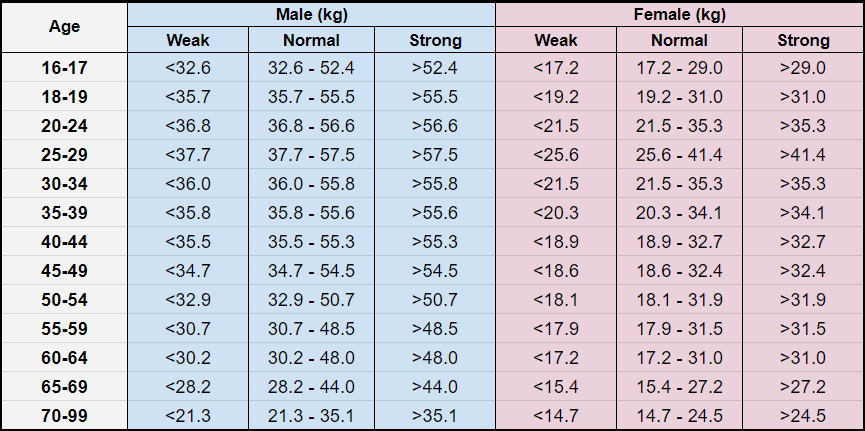
For those who work in imperial units, I’ve recreated the same table using pounds (lbs).
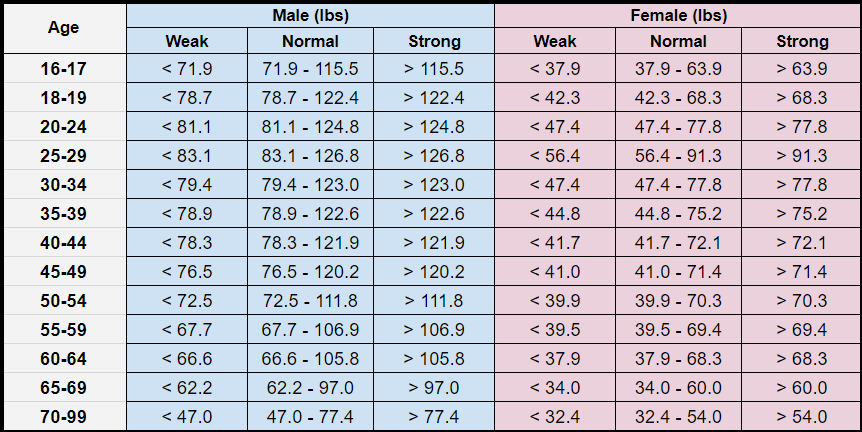
Tracking over time
If you own a hand grip dynamometer it makes sense to test this every year, if not more frequently. I’ve been tracking for five years and it feels like the difference I see year to year is similar to what I might expect day to day. This is worth bearing in mind when you are planning when to test. I have found my grip strength is reduced by 5% or more if I have done any “gripping” the previous day, which could be in the gym, or as simple as painting or DIY.
If you own a hand grip dynamometer, consider measuring every 3 to 12 months. I have also created a companion sheet for people to log their results over time.
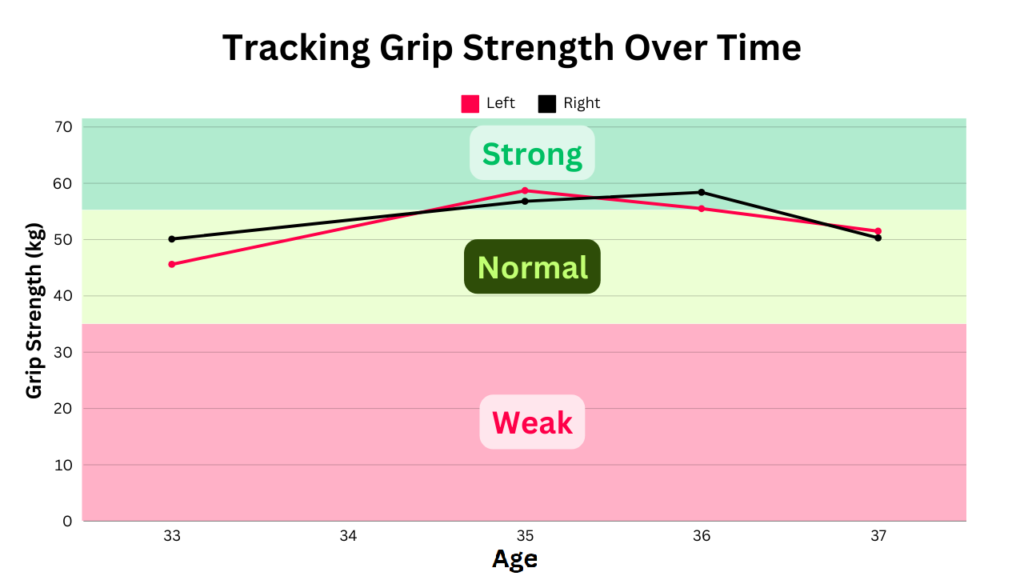
When it comes to strengthening your grip, it’s important to understand the validity of previous research relies on people not doing direct grip training. Instead, strengthening your grip indirectly through upper body resistance training is the most reliable way to incur the full health benefits.
[1] Grip Strength: An Indispensable Biomarker For Older Adults, Bohannon 2019

